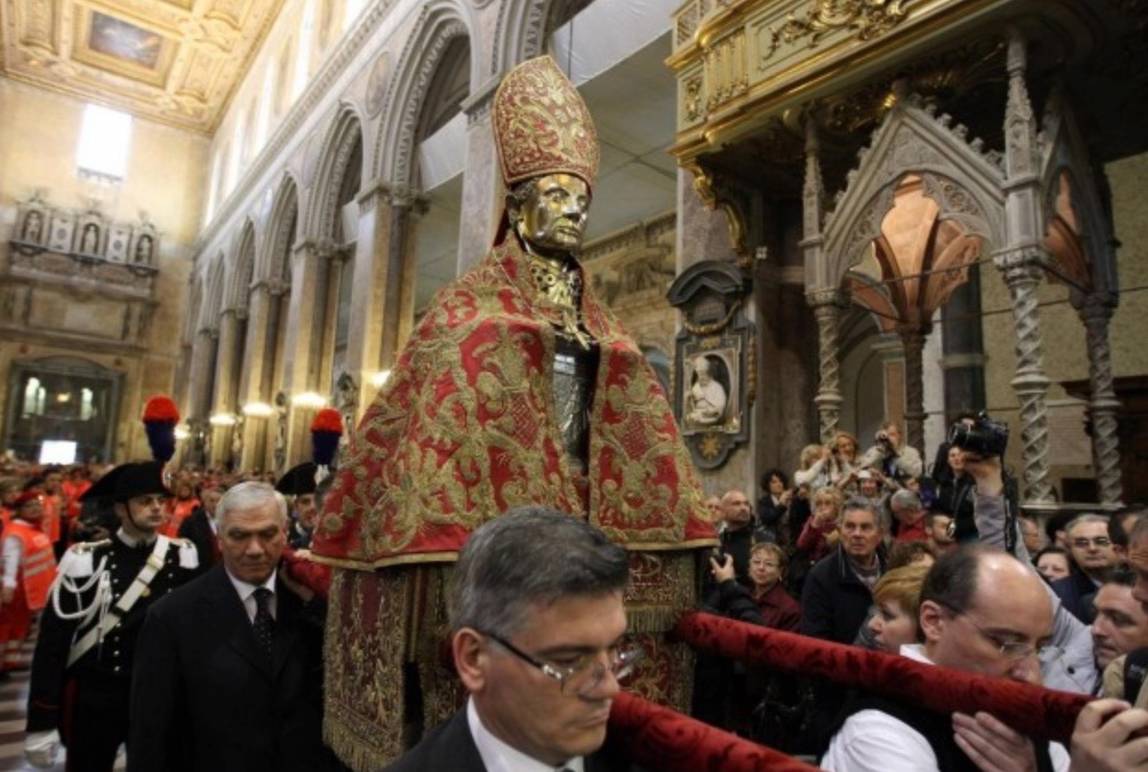Center Stage: Luigi Di Maio for the Five-Star Movement
NEW YORK -- Luigi Di Maio, head of the Five-Star Movement (Movimento Cinque Stelle or M5S), has captured the imagination of foreign journalists. The most prominent media in the US have discovered and are writing about this 31-year-old politician, whose party copped over 32% of the vote in the turbulent national general election held March 4. In a stunning result Di Maio trumped no less a familiar name than former premier Silvio Berlusconi, running on a rightist ticket, as well as another former premier, Matteo Renzi, currently head of the severely weakened center-left Partito Democratico (PD).
Despite his party's resounding lead over every other party in Italy, Di Maio's M5S failed to achieve the 40% necessary to take over control of the government -- at least not yet. However, on Friday the newly installed 630-member Parliament and 315-member Senate will begin electing their presidents, in a notable show of power and, not incidentally, of alliances that may pave the way forward. The central issue is just who is to succeed Renzi's successor Paolo Gentiloni of the PD as premier of Italy. Already this past week the PD rejected the M5S approach to share in government, leaving Di Maio to play political footsie with the other big election winner, Matteo Salvini of the League.
Their joint takeover of the government is not to be discounted despite the notorious reluctance of Italian President Sergio Mattarella for this solution. The alternative, as Di Maio points out with great politeness in his interviews, is a caretaker government for a few months and then a return to the polls. This is actually a rather nasty threat: in an autumn vote after a half year of campaigning the M5S is more than likely to enjoy an even greater success, winning that coveted 40% and taking over the government on its own.
Post-election maps of the vote show a net division in the country between the parties of these two leaders, which outpolled all the others including Berlusconi's, Salvini's coalition partner. The League, characterized by anti-immigrant, definitely hard-right vote, cornered the rightwing vote in the North. The M5S swept the entire South, but its constituency was radically diverse. Young people in droves backed what is described in Italy as a party of anger. There it was not fear of immigrants, as bandied about in the North, but awareness of an empty future and of the economic disaster of the South, which trails well behind the economy of the North.
All told, according to the Bank of Italy last month, the GDP rose by 1.5% in 2017, but is expected to slip to 1.4% this year and to only 1.2% for the two subsequent years. Confcommercio, the association of businesses, predicts a slightly lower annual GDP (PIL, in Italian) of 1.3%. In January consumer confidence dwindled, according to Istat, the state statistics-gathering institute, in a trend linked to the uncertainties of the Italian future. According to the latest Confcommercio report, "Together with the most recent data on confidence and employment, the drop in consumer sales throws a shadow over the possibility of achieving, in 2018, growth similar to that of 2017," the report continued. Nor is it a healthy sign that consumer demand has drop by 0.2% even as service costs have risen by 0.1%.
This is the tough economic situation facing young Di Maio if he does manage to become premier of a M5S-dominated government. Small wonder then that last week this youth, born at Pomigliano d'Arco near Naples, made a trip to a Neapolitan church to kiss the relic of the beloved saint San Gennaro, whose blood is believed to liquefy annually. The M5S is an Italian novelty, not a relic: it was born in 2009 as an online movement -- specifically not a party -- challenging the old ways. Its supporters are either young new voters or have migrated from the standard parties of right and left. The movement's stated goals: end corruption and tax dodging, cut taxes, protect the environment, improve education, foster innovation and have direct democracy through online voting.
Italian commentators say that the M5S leaders, comic Beppe Grillo and marketing guru Davide Casaleggio, who replaced his late father Gianroberto Casaleggio in the party hierarchy, selected Di Maio for his cleancut looks, his youth and leadership qualities, which, it was theorized, would make him acceptable to ever more voters in the center.
Di Maio did not complete his formal education (engineering, law) but emerged early in school and university as a political leader, who did not follow in the footsteps of his building contractor father Antonio, onetime member of the neo-Fascist Movimento Sociale Italiano. In 2007 young Di Maio joined an early version of Beppe Grillo's proto-M5S movement and was elected to the Chamber of Deputies in 2013. So powerful was the M5S by then that Di Maio was rocketed into becoming its vice president. In this month's vote he won 82% of the online votes in his party, and at Acerra was elected for the second time to Parliament with over 95,000 votes.




































i-Italy
Facebook
Google+
This work may not be reproduced, in whole or in part, without prior written permission.
Questo lavoro non può essere riprodotto, in tutto o in parte, senza permesso scritto.